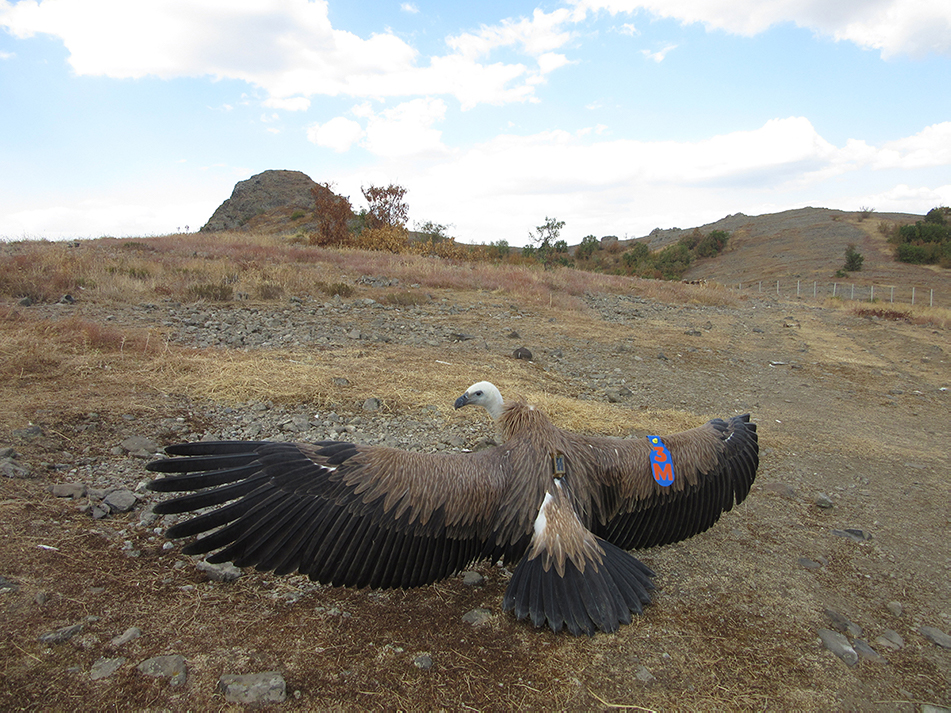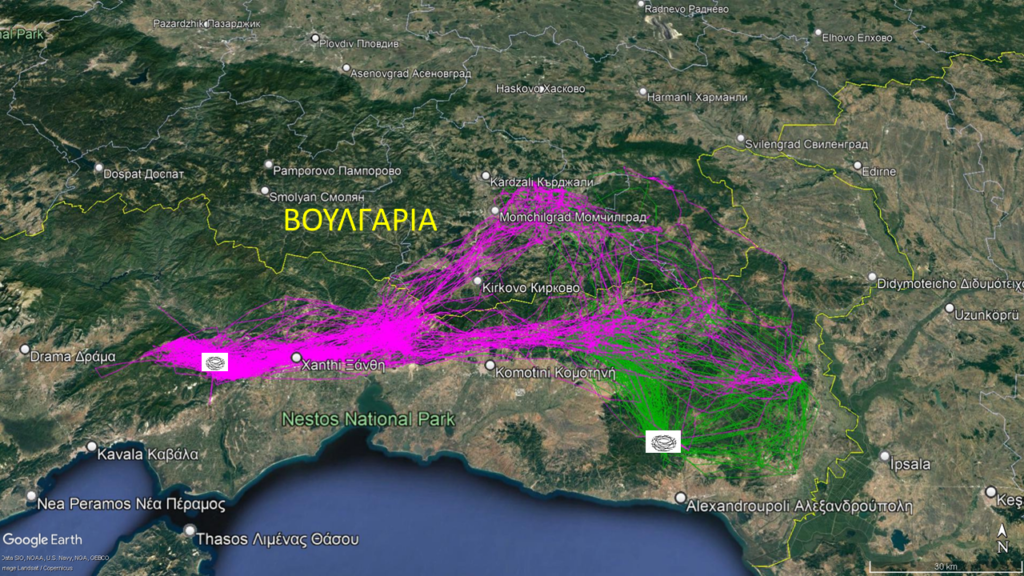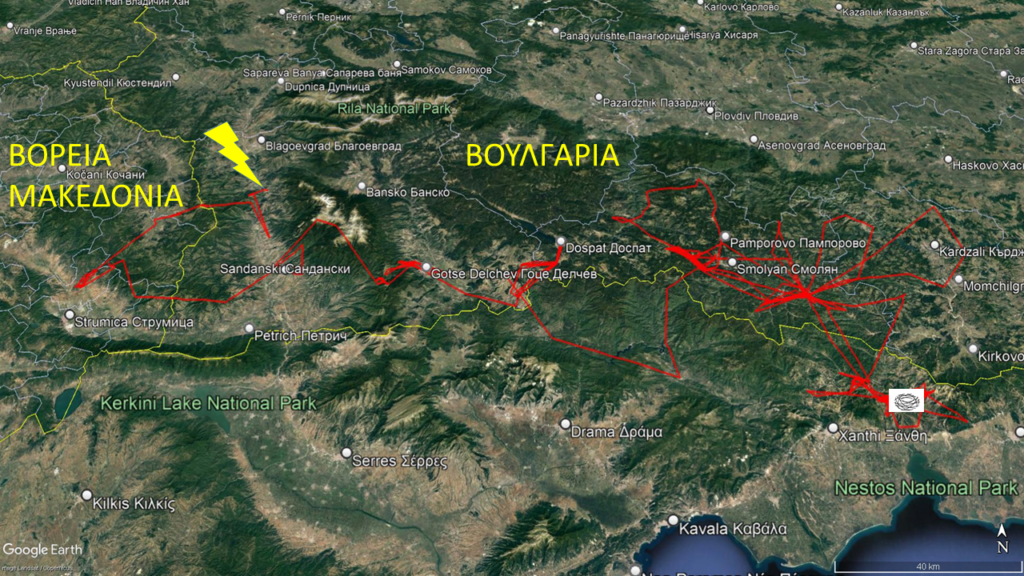The small "backpack" on birds that contributes to their protection

Have you ever wondered when scientists record the movements of birds, where do they get this information from? Its source is a small device – a transmitter, which is carefully placed with special straps on the back of the birds as a "backpack". In order not to create any problems for the bird, the transmitter is very light in relation to the weight of the bird and consists of a GPS and a battery that is recharged by the sun. Through the transmitter, the location of the bird is recorded every day up to 10,000 times, giving data that is transferred via satellite or the GSM network to the computers of the researchers, thus contributing not only to the study of the biology and ecology of birds, but also to their protection.
A bird can be tracked long-term, because the transmitters usually operate for three to five years. The collected data helps in understanding their behaviour by the revealing specific areas they use to feed, nest and rest as well as to where they migrate.
When the transmitter sends indications that the bird has not moved at all for a long time, then it is most likely injured or dead. As unpleasant as this information is, it is because of it that either the injured bird can be identified in time so that it can be saved or the cause of death can be determined, as for example possible poisoning, electrocution, poaching, collision with power lines or wind turbines. Even these unpleasant data are very important in highlighting problems and in drawing up necessary actions to protect the birds.
Up to now, the research team of the SPBT has attached 15 transmitters on 7 griffon vultures, 3 golden eagles and 5 ravens, to increase our knowledge about their movement patterns, not only in Thrace, but also in neighbouring countries.
From the movement patterns of griffon vultures it appears that the entire area of Thrace and South-Eastern Bulgaria is used as a nesting and/or foraging area. A vulture nesting in Avantas (South Evros) or at the Nestos Gorge (Xanthi) can easily visit Bulgaria to feed and return to its nest on the same day. Immediately, this pattern of activity indicates how important cross-border cooperation is for the protection of these rare birds.
Map 1

A brave young raven managed to leave its nest in the Kompsatos area (Rhodope) and within 15 days it crossed over a large part of Bulgaria and a smaller part of North Macedonia. Unfortunately, it did not manage to return to its home land as it was electrocuted by choosing to rest on a dangerous pylon in Bulgaria.
Map 2

